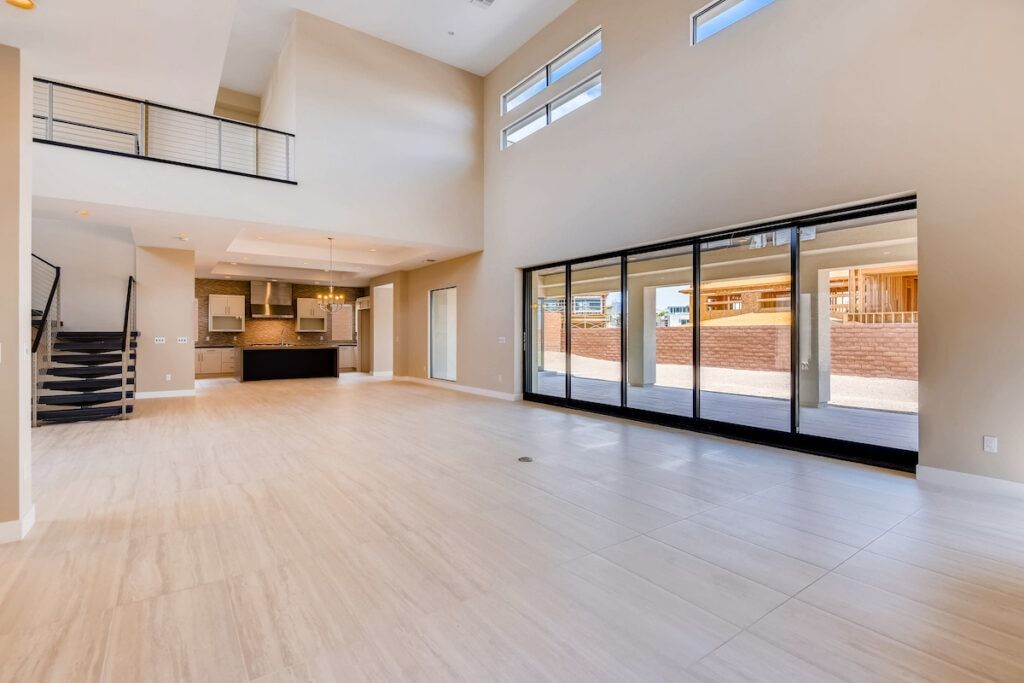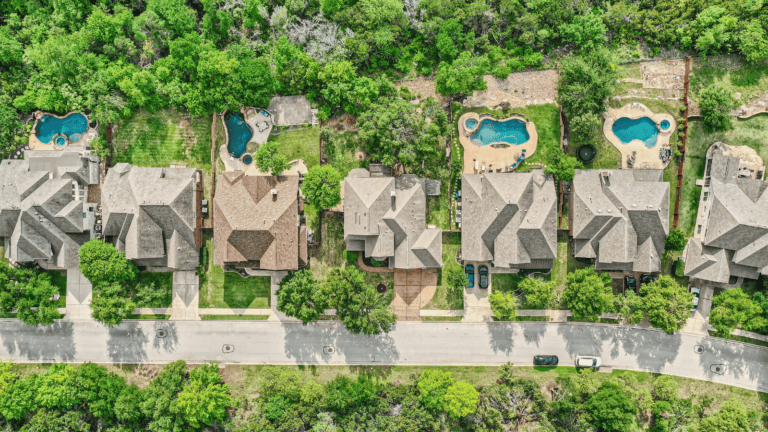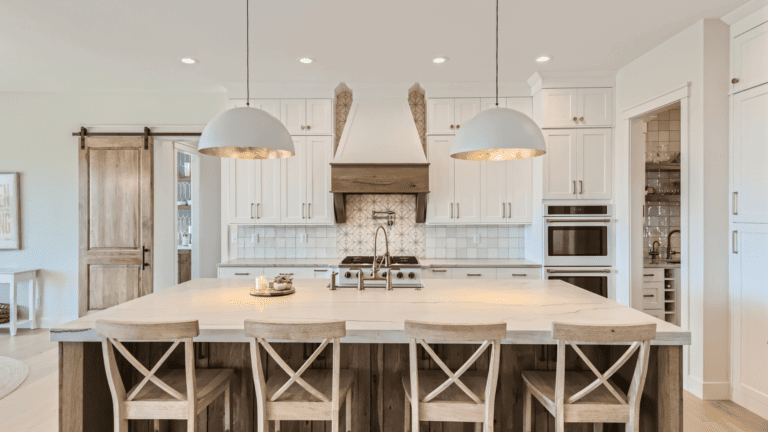Marketing in the real estate industry has changed nearly every way in the last decade. Most seasoned real estate agents use in-person showings as their most potent marketing tool. The COVID-19 pandemic challenged the status quo. As a result, many agents turned to virtual solutions, including 3D and virtual tours, virtual staging, and interactive floor plans.
We’ve previously discussed the benefits and drawbacks of outsourcing physical and virtual staging. However, when it comes to marketing your listings, you want to ensure that any investment you make has a strong ROI. With traditional home staging taking the spotlight for so long, is there any value in virtual staging a property? Does it help sell properties?
Virtual staging vs. traditional staging
Staging is a real estate industry standard for marketing. One of the best benefits of staging is its increased market value. Based on recent statistics from almost all real estate markets, staged homes sell for higher prices and faster than completely vacant homes.
The traditional staging process is physical staging. This process requires hiring professional stagers. Then they will ship the furniture to the location to be displayed in the home. After the furniture is no longer needed, the stagers will remove it.
Physical staging allows potential buyers to view a property in an occupied status and shows the capability of a space. With traditional staging, the costs include manual labor and service fees upfront, typically including monthly furniture rental fees. All prices included, standard staging costs can range anywhere from $3,000 to $30,000.
Virtual staging services are done entirely digitally. The agent submits high-quality images of their property to a virtual staging company. Then, the company digitally adds furniture and decor elements to the photos with their virtual staging software. After that, delivery! They send the images back to the agent.
What do buyers look for in online listings?
We know that nearly 90% of potential buyers start their home searches online. One of the most beneficial actions an agent can take is to present the property in a way that catches the potential buyer’s attention. You want to create an emotional response to the property.
Most agents take the first step to acquiring professional photos of the property that show the home in a beautiful light. But pictures of an empty room can be very uninspiring. A vacant room or house will come across as too industrial or cold and unwelcoming.
Adding furniture to the space showcases the versatility and dimensions of the area while giving a welcoming feel and encouraging potential buyers to imagine living in the space themselves.

Pros of virtual staging
Virtual staging offers the benefits of costing less, being more widely available, having a faster turnaround time, and broader versatility in style choices.
The average virtual staging cost can range anywhere from $30-$300 per image, making it a small fraction of the cost of traditional staging for real estate professionals.
Since virtual staging is an entirely digital product, there are no location restrictions on utilizing this service, perfect for adding marketing value to homes in more remote locations such as mountain towns and more private coastal places.
Virtual staging must be done by a professional service to ensure the photos look realistic; most virtual staging companies can have their finished product back to the agent within a business day for immediate use in real estate marketing materials such as listing websites, brochures, email campaigns, or social media channels.
Using one type of furniture style won’t give the best outcome for every property, and it can be hard to tell what kind of design style will best fit a home without seeing the decor in it.
Virtual staging allows companies to offer many styles of furniture and decor and is a fast and easy change if you decide to switch styles after seeing furniture in the property.
Cons of virtual staging
Given the benefits of virtual staging, there are a few drawbacks. Since the service is entirely virtual, potential buyers won’t have the furniture in the home when touring in person.
Many agents overcome this obstacle by having virtually staged photos on hand to show their clients while moving through the house. Additionally, while 3D rendering has improved exponentially in recent years, nobody has been able to master the look of fabric with complete accuracy. Many fabric-based design features such as pillows, curtains, and throws can come off looking edited and slightly unrealistic. Most people will notice this issue the most in virtually staged bedrooms since a lot of the furniture and decor will be fabric-based.
Choosing home staging for a vacant property
Whether you choose to use traditional staging or go with a virtual staging option, staging a vacant property is essential to selling the home faster and for more money. Another way to sell a listing faster and for more money? Virtuance!
Virtuance offers professional real estate photography, including virtual staging, 3D tours, and aerial photography, ensuring your listing captures more attention to sell faster and for more money.







